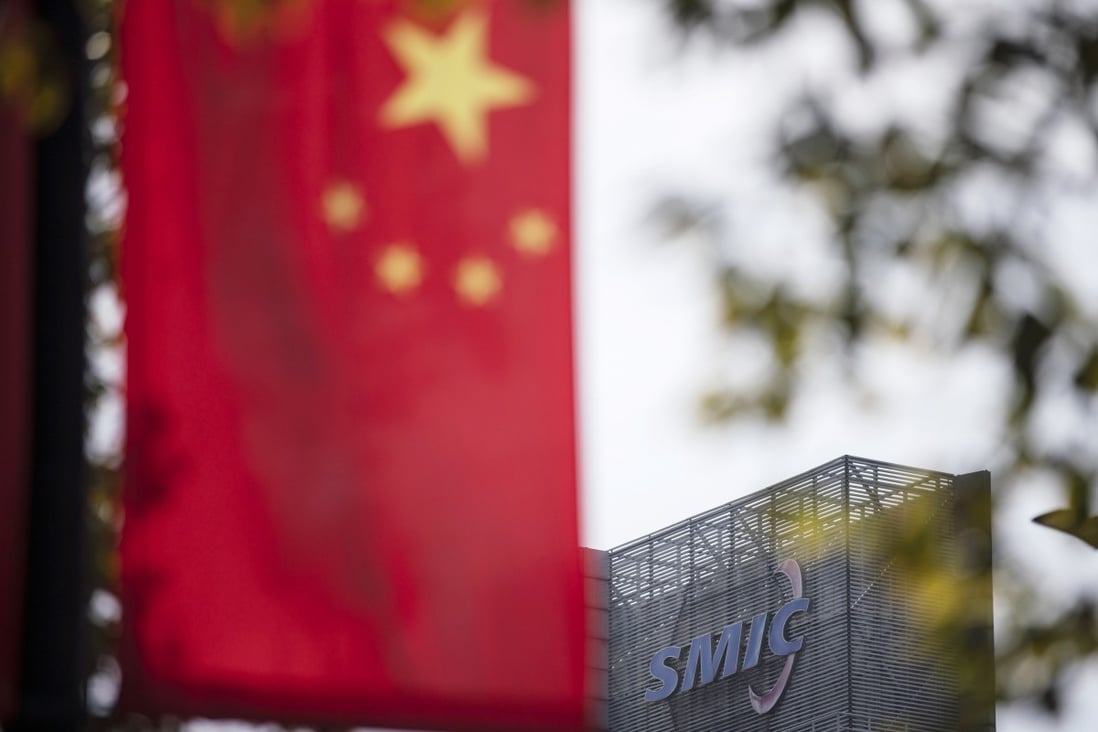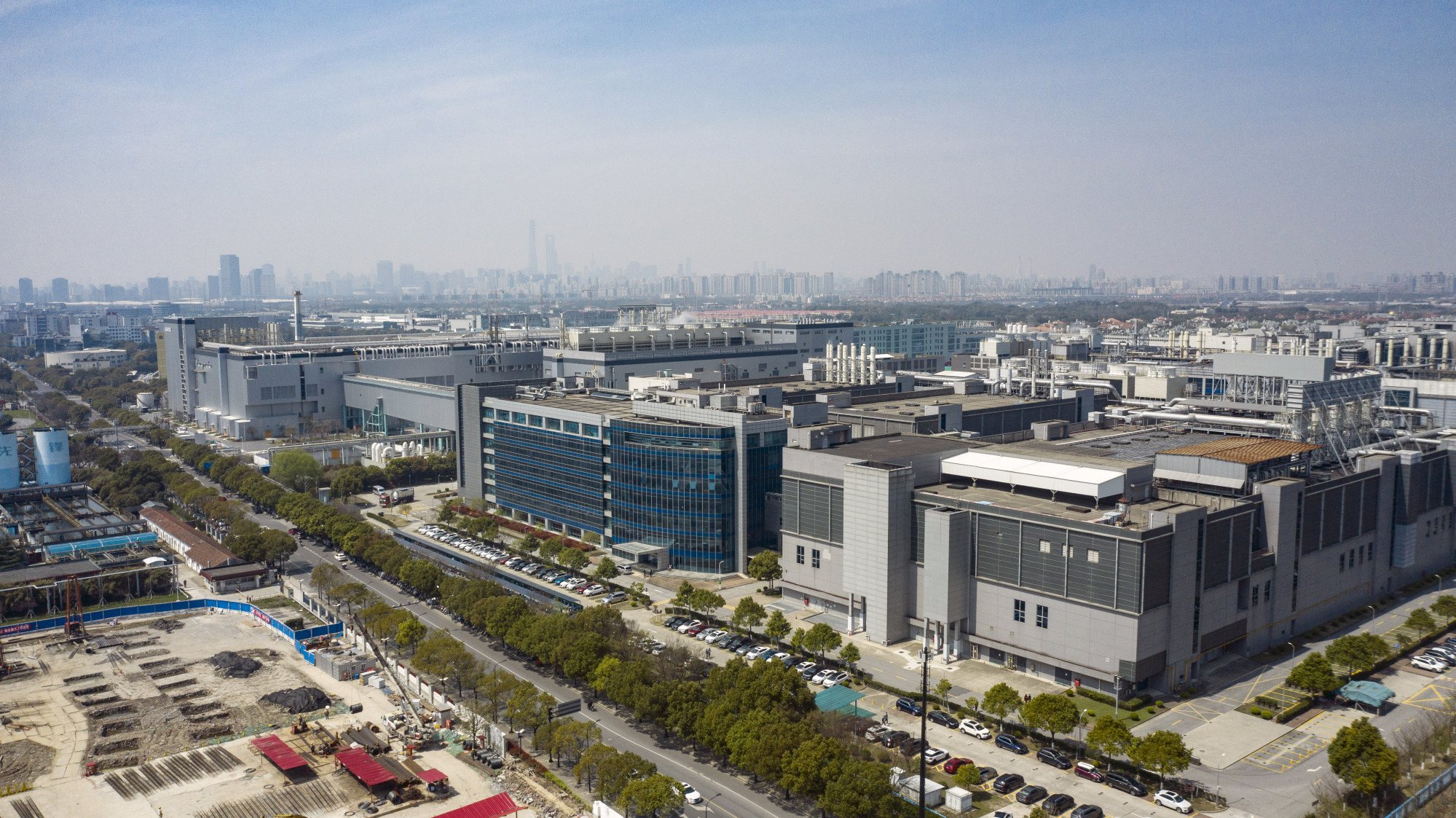Che Pan

China’s top chip maker has likely gained the ability to produce 7-nanometre chips, according to a Canadian tech analysis firm, marking a significant breakthrough as the world’s second-largest economy pushes towards technological self-sufficiency to counter US sanctions.
Researchers at TechInsights made the conclusion after they reverse-engineered a sample chip made by Semiconductor Manufacturing International Corp (SMIC), extracted from a cryptocurrency mining machine.
Analysts and industry professionals believe it is technically possible for SMIC to produce 7nm chips with existing deep ultraviolet (DUV) systems, under the leadership of co-CEO Liang Mong Song, a chip-making expert who was previously an executive at industry-leading Taiwan Semiconductor Manufacturing Co.
In a widely-circulated resignation letter from Liang in December 2020 that he later withdrew, he wrote that he had led a 2,000-strong engineering team to complete the development of 7nm technology at SMIC. He said the company could start trial production in April 2021.
There’s a global semiconductor shortage and this is why it matters
SMIC has not made any public comment about the possibility that it has achieved 7nm capability, even though the type of chip that TechInsights analysed has been in production since last July.
SMIC declined to comment on TechInsights’ report.
While SMIC’s improved capability could mark a technological milestone for the Shanghai-based company, some experts question the commercial viability of using less advanced DUV systems, which is used in a wide range of chip-making processes, to produce 7nm chips.
“In theory, I believe DUV’s [chip production] limit is 7nm, but the yield and performance may not be great at that limit,” said Woz Ahmed, managing director of consultancy Chilli Ventures and former chief strategy officer at British semiconductor and software design giant Imagination Technologies.
Most industry players are using extreme ultraviolet lithography (EUV) systems to produce 7nm or more advanced chips.
Moreover, the transistor density, power and speed characteristics of 7nm chips made by different manufacturers can vary widely, Ahmed added, so it may not be meaningful to compare SMIC’s chips with those produced by rivals.
The findings come as the US government continues to lobby authorities in the Netherlands – home to key semiconductor equipment supplier ASML – to further restrict sales to SMIC.
SMIC, which was put on a US entity list in December 2020, is already unable to import equipment for making chips below 10nm, including the latest EUV machines.
The Chinese company currently relies on less advanced DUV systems from ASML to expand its capabilities, focusing on using mature 28nm and above technologies to produce chips for cars and home appliances, rather than for high-end smartphones and tablets, which have moved onto more sophisticated chips.

The SMIC headquarters in Shanghai. Photo: Bloomberg
SMIC hauled in a record-high revenue of US$5.44 billion last year on brisk demand for its mature node capacity.
News that SMIC may have achieved 7nm capability could be enough to “trigger more US restrictions to tame the rise of China’s semiconductor industry”, said Arisa Liu, a senior semiconductor research fellow at the Taiwan Institute of Economic Research.
Before the TechInsights report, there were few details about the progress of SMIC’s 7nm process. The development has not been mentioned in SMIC’s financial reports, which maintained that the company’s most advanced technology is 14nm.
Efforts by Washington to sideline China in global semiconductor value chains have set off alarm bells in Beijing. Mainland Chinese officials have expressed anger over the Chip 4 Alliance, a US-led supply chain coalition that includes Taiwan, South Korea and Japan.
While the ability to mass produce 7nm chips would place SMIC ahead of American and European peers, the Chinese company remains one to two generations behind TSMC and South Korea’s Samsung Electronics.
Samsung has already started to produce chips using its 3nm process, while TSMC is expected to catch up later this year.
No comments:
Post a Comment